
70 years after Tensing Norgay and Edmund Hillary summited Mount Everest, climbing the world’s highest peak has changed beyond recognition
- Since the first successful ascent of Everest in 1953, the trip to Everest base camp has shrunk from a months-long trek to a direct flight
- By 1983, only 158 people had reached the mountain’s summit; by 2022, that number had risen to more than 11,000
When Kami Rita set out on his first expedition to Mount Everest in 1992, he had to trek nearly a month just to reach the Everest Base Camp.
Since there were no regular flights back then to Lukla – a small town in northeastern Nepal which today is a popular starting point for climbing the world’s highest peak – his team had to hike for several weeks from Jiri, a town around 190km (118 miles) northeast of the Nepalese capital, Kathmandu, all the way up to the base camp.
With hardly any hotels or tea shops along the trail, the expedition members had to cook for themselves, using kerosene or sometimes even fodder to prepare their meals.
Expeditions would take up to 90 days, during which participants would spend nearly two months trekking.
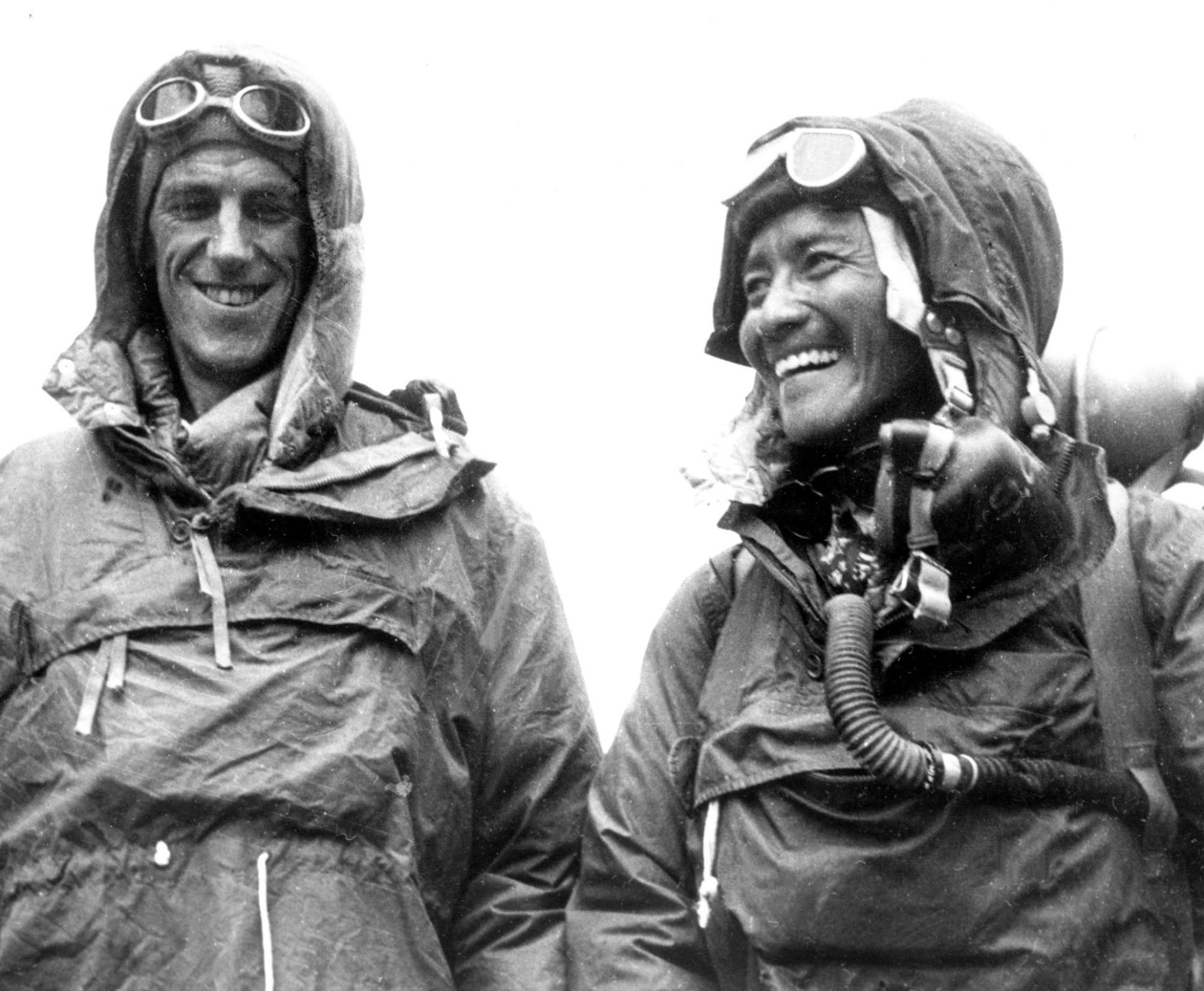
“Nowadays [ …] you can now land directly at the base camp and order almost any dish that you can find in a five-star hotel in Kathmandu,” says Kami Rita. “If you have the money, you can get almost everything at the base camp that you can get in Kathmandu – comfortable accommodation, great food, internet service and medical facilities.”
The availability of hotels, lodges, helicopters and tea shops as well as dozens of daily connections to Lukla means that Everest expeditions these days rarely last more than 45 days.
Hongkonger questions if highs and lows of conquering Everest was all worth it
Commercialisation of the climbing industry amid increased investment in the region has made climbing much easier. However, rising costs mean that the adventure is increasingly accessible only to an exclusive club of people who can afford to spend thousands of dollars to reach the top of the world.
Even so, Mount Everest, the world’s highest peak, at 8,848.86 metres (29,032ft) above sea level, has been attracting a growing number of climbers, even as the costs for permit fees and expedition services continue to skyrocket.
During the first three decades after the first successful ascent of Mount Everest by Tenzing Norgay and Edmund Hillary in May 1953, only 158 people, including 30 guides, had successfully climbed the peak, according to the Himalayan database. By 2022, Everest had been climbed more than 11,340 times, including 5,721 times by guides from Nepal and China.
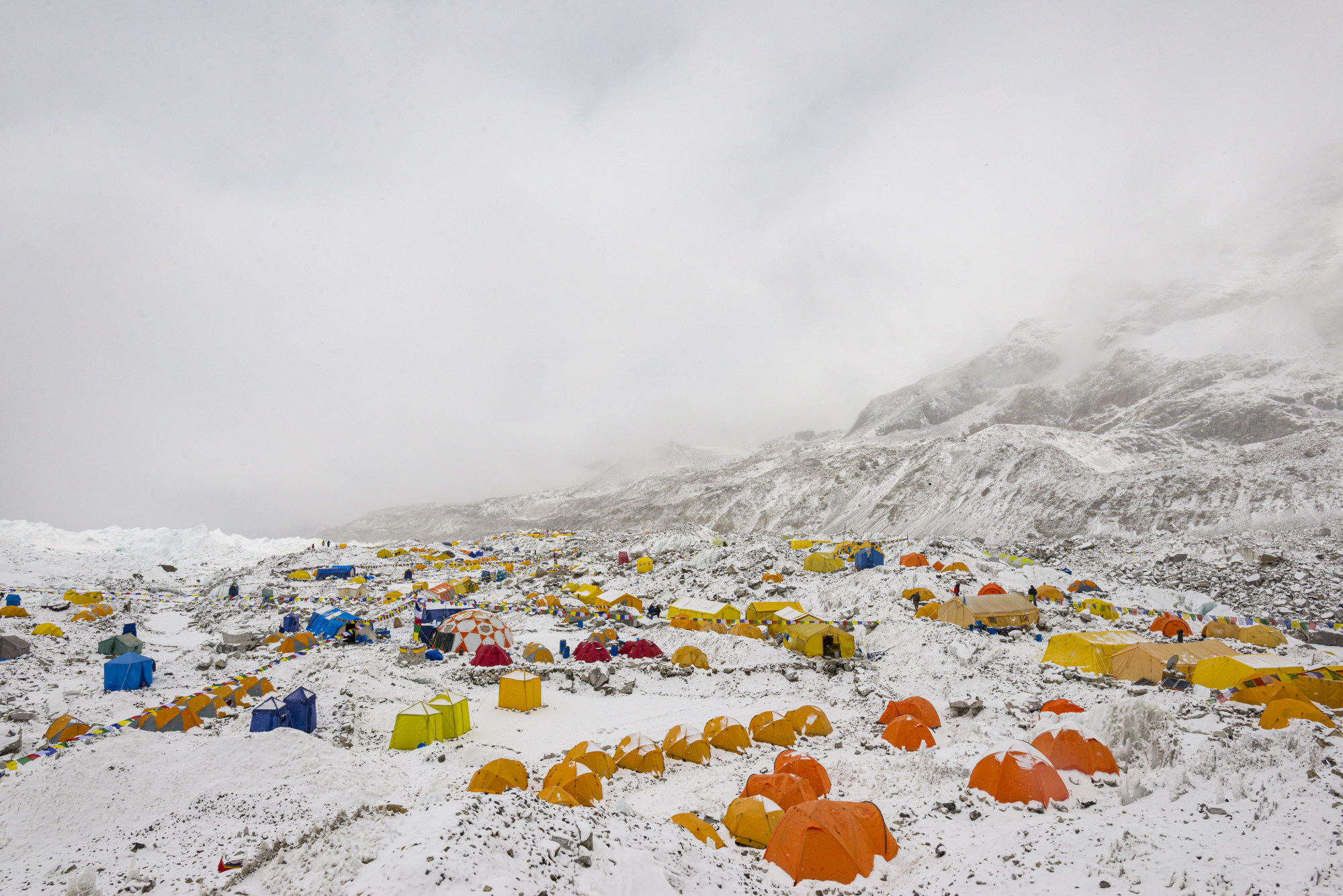
Recent years have seen a particularly sharp rise, with a growing number of climbers and short weather windows frequently causing “traffic jams” near the summit.
A total of 325 climbers obtained permits to climb Mount Everest in 2022, according to Nepal’s Department of Tourism. For 2023, that figure already stood at 478 by May.
“Mountaineering is becoming more accessible to the masses, thanks to more expedition companies providing safer and better-planned expeditions,” says Khimlal Gautam, a climber who has worked as a liaison officer to regulate mountaineering activities on Everest. He adds that the industry is “likely to continue growing in the future”.
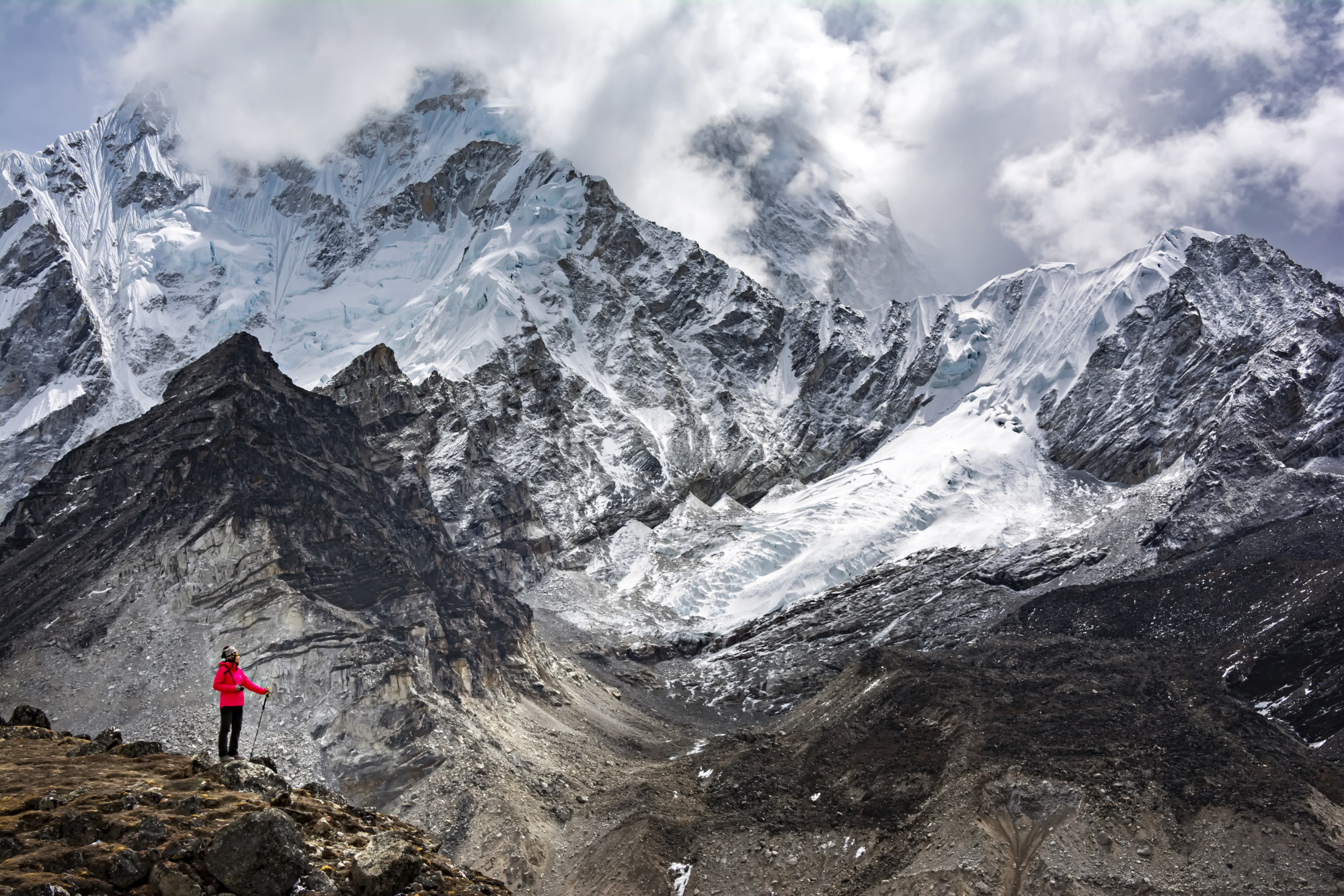
Sherpa guides and agencies say climbers are being attracted to Mount Everest due to passion for the sport as well as for the notoriety. For some, it is also a way to secure business endorsements.
Climbers have competed to ascend Mount Everest to be the first from their country, race, religion, gender or community to achieve the feat. In the 2023 spring season, two deaf people from the United States as well as a British Gurkha veteran – an above-the-knee-amputee – successfully scaled the peak, according to liaison officers.
Everest’s growing allure has led to a sharp increase in cost. On average, commercial climbers end up spending at least US$40,000 on the expedition, which includes permit fees, guide fees, food, accommodation and other expedition agency charges.
The Nepalese government charges US$11,000 for a permit to climb Everest from its side of the border while China has set even higher fees for permits to climb the peak from the Tibetan side.
Costs for expedition agencies, meanwhile, depend on the package selected. Many now offer VIP and VVIP services to attract more clients.
The peak remains the same, but nowadays climbers don’t have to trek up to the base camp from Kathmandu valley, cook their own food, and spend nearly half a year for a single expedition
With the VVIP service, which can cost up to US$100,000, climbers get a private chef, deluxe accommodation, a standby helicopter during the day, multiple helpers, a photographer and porters for up to 200kg of baggage, according to expedition agencies.
Kami Rita, who has summited Everest a record 28 times, including twice in 2023 as a guide, says that the introduction of deluxe services has led to a higher demand for high-altitude guides, amid a shortage of workers willing to take risks in the Himalayas.
“In the past, expedition agencies only hired climbing guides with experience,” the mountaineer says. “Nowadays, there is such a shortage of workforce that they book guides six months in advance, even if they don’t have experience climbing Everest.
“There are not enough high-altitude workers, let alone experienced guides,” Kami Rita says, adding that there isn’t enough interest among the younger generations in ethnic Sherpa communities, whose members are considered expert mountaineers and who have traditionally worked as guides on the peak, to risk their lives by mountaineering.
A climbing guide earns between 500,000 rupees and 1,500,000 rupees (US$3,780 and US$11,340) per season, depending on their experience, according to estimates given by four Sherpa guides.
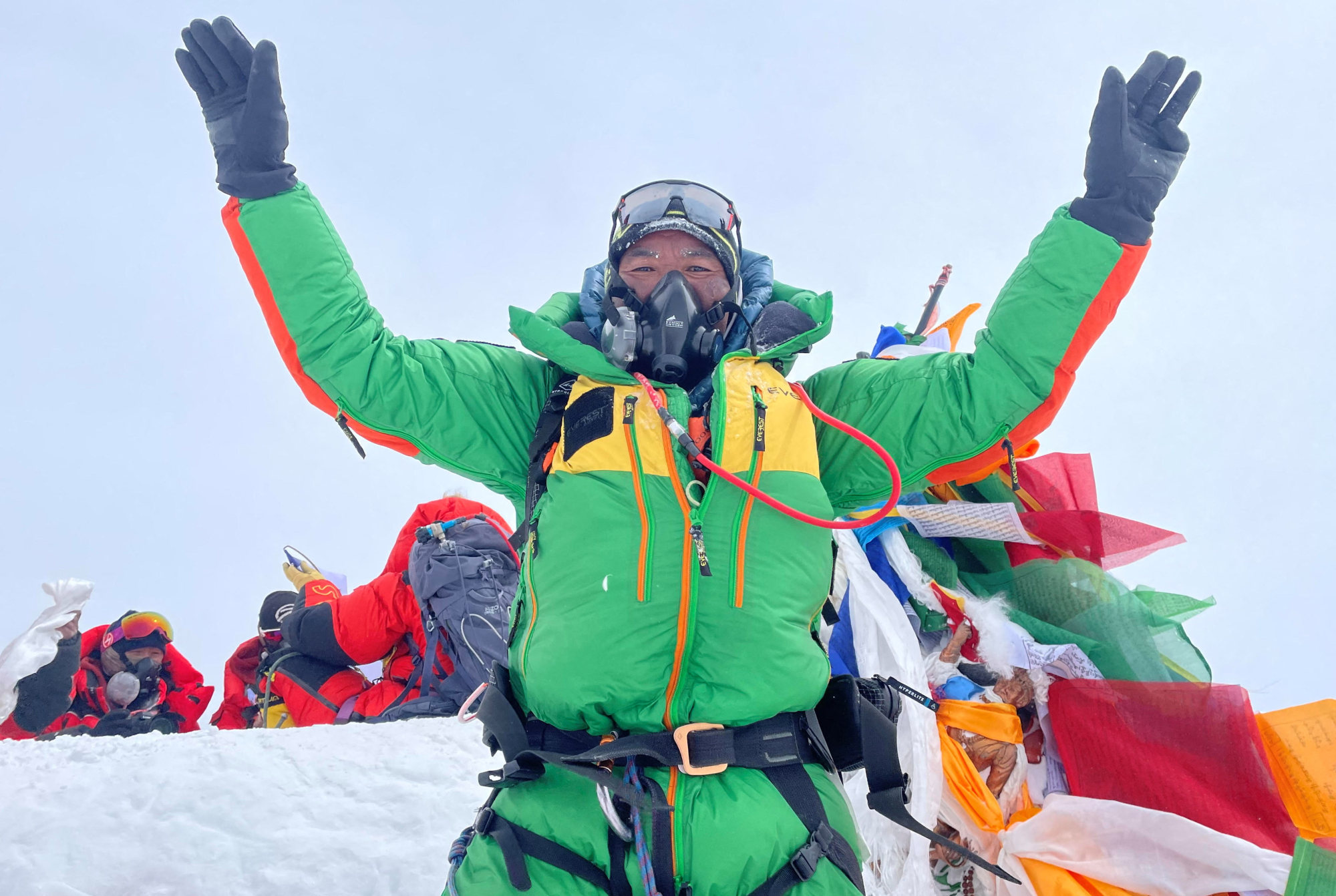
“In our early days, we would hardly make a few thousand rupees, but back then, that money had more value, and we could do so many things with it,” Kami Rita says. “Nowadays, even with millions of rupees, there isn’t much we can do.”
The intense competition among agencies and guides has resulted in dangerous jams of queueing climbers and tussles among high-altitude workers, amid conditions made more risky by dwindling reserves of oxygen and natural disasters such as avalanches and icefalls.
Nepali sherpa saves Malaysian climber in rare Everest ‘death zone’ rescue
According to the Himalayan database, by 2022, 299 climbers (including 113 guides) had died in Everest expeditions since 1953.
Reliable data is unavailable, but several dozen climbers and Sherpas are believed to have perished while trying to conquer Everest even before the first successful ascent in 1953.
British climber George Mallory, for example, disappeared near the summit in 1924, and his body was not found until 1999.
Gautam, who served on a government committee to improve expeditions, emphasises the need for better regulations in mountaineering to enhance safety and protect Everest and other mountains against pollution and climate change.
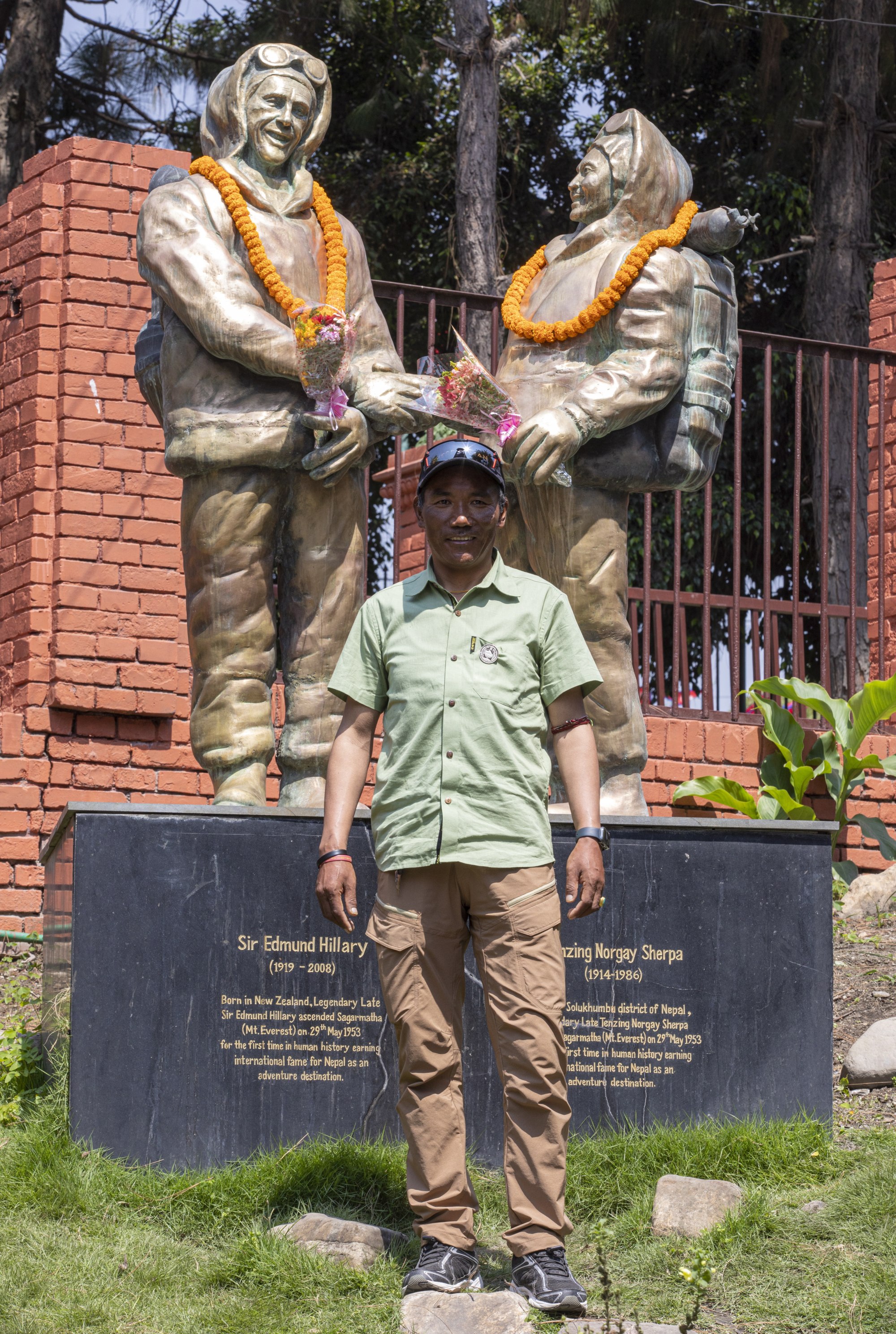
This year marks the 70th anniversary of Tenzing Norgay and Edmund Hillary’s successful ascent.
“The peak remains the same, but nowadays climbers don’t have to trek up to the base camp from Kathmandu valley, cook their own food, and spend nearly half a year for a single expedition like in the old days of Norgay and Hillary,” says Kami Rita.
The experienced guide says he is concerned that if current trends continue, “it won’t be long until climbers are airlifted to the summit and back”.

